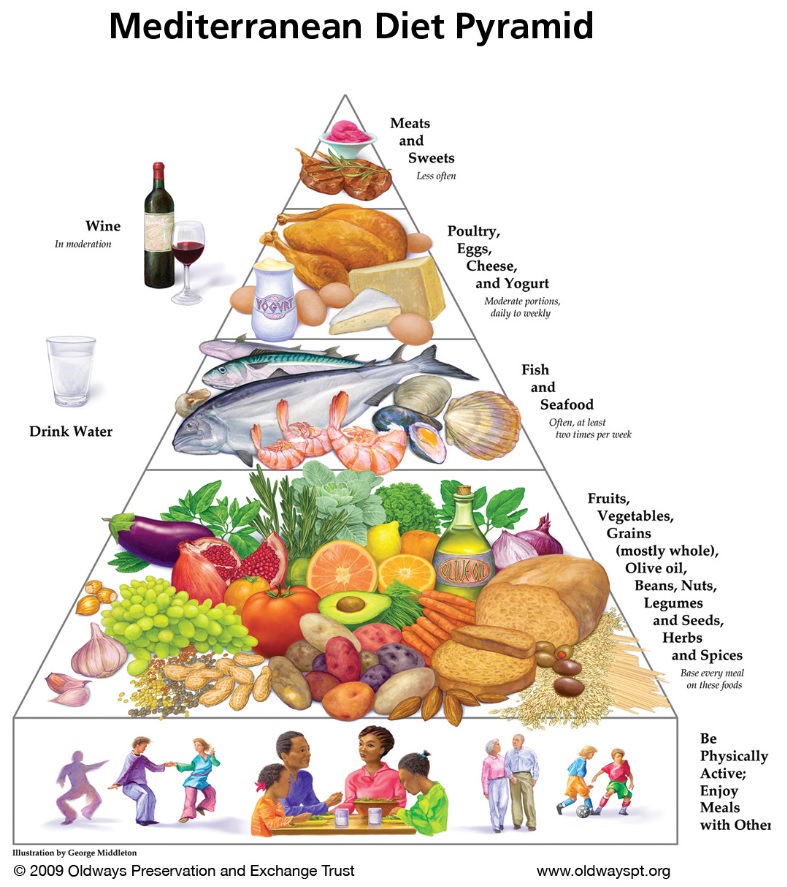Dr Mark Hyman explains the importance of a healthy gut, a diverse microbiome and reducing inflammation for optimal health.
Important note: for my Australian readers, please consult your qualified naturopath for high grade Australian TGA-approved products and DO NOT order products on line as you have no control over quality.
Mark was not complimentary about the health of Westerners saying most people’s guts are stuffed. He lists a mile long of reasons. GlycoPhos is near the top of the list. The three foods he refers to relate to the synergy between prebiotics, probiotics and polyphenols. I call this the 3-legged chair — it’s hard to sit on two legs.
Mark talked about the immune modulation and anti-inflammatory effects systemically that Acacia Fibre has on the gut biome as a prebiotic/polyphenol food. He also spoke of the necessity of prebiotics and discussed Galactomannan which is PHGG, Konjac Root (Glucomannan) sold as slimming noodles and yet it’s a common Asian food source for the gut microbes and probably won’t be used in an Aussie household unless somebody is battling the bulge, yet has far greater benefits as a prebiotic.
The three legs of the chair are quintessential to the healthy biofilms and colony diversity. To be really super healthy we should have well over 200+ different species of good bugs forming the 70 trillion bacteria living in our gut. A healthy biofilm is also protective of the mucosa feeding the energy for the colonocytes (Butyrate short chain fatty acid), slowing the release of glucose, reducing hunger and lowering cholesterol. A polyphenol rich diet may regulate cholesterol ratios, raising HDL lowering LDL and VLDL, the really bad fat. Acacia Fibre is a gum and prebiotic and is also rich in polyphenols which is maybe why Mark says it lowers systemic inflammatory cytokines after it hits the gut. This prebiotic has many studies in the literature as to its efficacy.
Butyrate production is the answer to reducing propionic acid production in the colon with increased dysbiosis. This nasty is the clear front runner for neurological inflammation contributing to Autism and ADHD and the list goes on. Good levels of the right fibre goes with the saying Big Stools Little Hospitals.
There are many foods mentioned by Mark which are classified as resistant starches but you can also cook and cool rice, pasta and potatoes which change the structure of the starch into resistant starches.
High levels of polyphenols are contained in colourful fruit and vegetables as well as organic extra virgin cold pressed olive oil – much like what forms the basis of the Mediterranean Diet.
Always consult a qualified naturopath for any health advice and assessment. There are various functional pathology tests available to identify exactly what is happening inside your body and gut.


